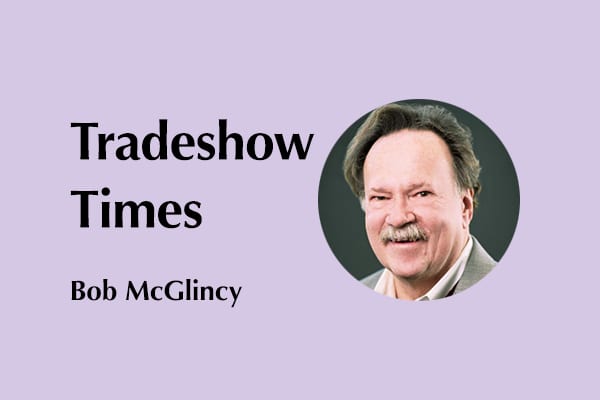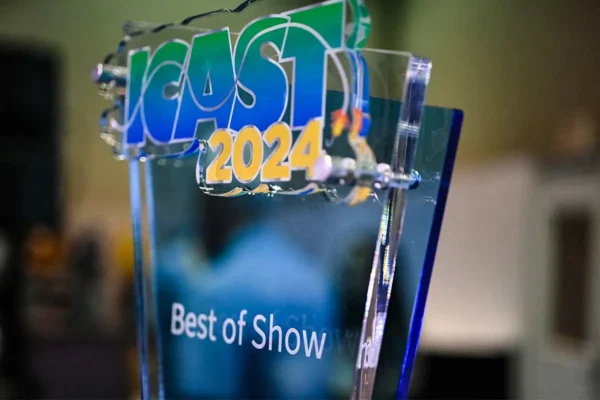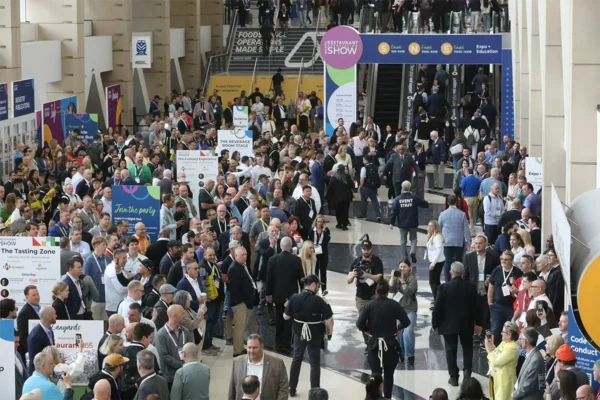by Bob McGlincy, director, business management at Willwork Global Event Services
Tradeshows work. They work very well. They establish brand recognition; they generate sales; and, in some cases, they can help launch a business empire.
Apple Computer is one example of the remarkable power of tradeshows.
Steve Jobs and Steve Wozniak drew up a partnership agreement on April 1, 1976. At the time, they were working out of a garage in Los Altos, Calif. On January 1, 1977, the company was valued at $5,309. On December 12, 1980, they took the company public. On December 31, 1980, the company was worth $1,790,000,000. (That is not a typo: that is $1.79 billion). On August 19, 2020, Apple became the first U.S. company to be worth more than $2 trillion. How did this happen? There are many reasons, of course; and tradeshows are definitely one of the reasons.
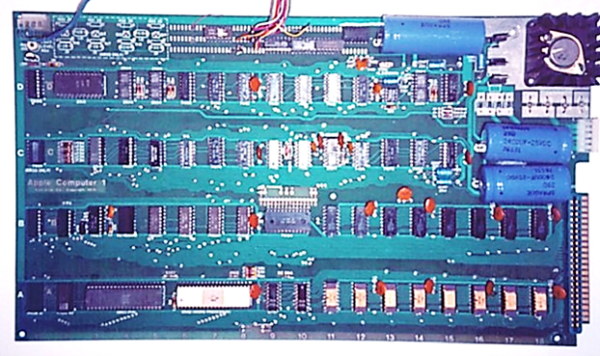
With any sale, there has to be a product, first preceded by an idea. But a brilliant idea, even coupled with a fantastic product, doesn’t guarantee success. There are innumerable examples of great ideas failing, or of a second (or third, or fourth) company succeeding where the originator did not. A product needs to be marketed. Customers need to be attracted. Brands need to be promoted. These are areas where tradeshows excel.

Apple showcased their first computer August 28, 1976, at the “Personal Computer Festival,” which was located in the Shoreham Hotel in Atlantic City. Apple was invited to share a booth space with Computer Mart (the first computer store in New York City). “Share a booth” may be a slight exaggeration: Apple had a small draped card table, in the corner of Computer Mart’s space. And Apple’s display of a computer is not what we think of as a “computer” today: the Apple 1 was a microprocessor system only—it did not have an enclosure, a keyboard or a power source. Apple positioned the unit as, “the first low cost microcomputer system with a video terminal and 8K bytes of RAM on a single PC card.”
At this show Apple did not close a sale or write a single order. Altair, on the other hand, exhibited at the show and wrote orders, producing sales of 12,000 units in the next two years. Many consider the Sol-20 to be the first fully assembled microcomputer.
Jobs walked the show floor—one of the benefits of any convention—and had a vision: in order to make a sale to consumers, they would need to create a fully integrated computer package; it would have to be a processor with an enclosure, keyboard and plug. The machine would be completely built and ready to run. Jobs told his biographer, Walter Issacson, “My vision was to create the first fully packaged computer. We were no longer aiming for a handful of hobbyists who liked to assemble their own computers, who knew how to buy transformers and keyboards. For every one of them there were a thousand people who would want the machine to be ready to run.”
 The Apple II debuted at the First West Coast Computer Faire, April 16-17, 1977, at the San Francisco Civic Auditorium. The Apple II was a complete unit, and even more impressive, it had color graphics. After the show, Byte magazine predicted the Apple II would be the first “appliance computer.”
The Apple II debuted at the First West Coast Computer Faire, April 16-17, 1977, at the San Francisco Civic Auditorium. The Apple II was a complete unit, and even more impressive, it had color graphics. After the show, Byte magazine predicted the Apple II would be the first “appliance computer.”

Jobs understood the importance of marketing. He wanted to show the world a great machine; he wanted, in his words, “a big launch” (it would be his first of many). As soon as he learned about the Faire, Jobs immediately signed up Apple for a booth space; and he secured a prime location in front of the main entrance. The pipe-and-drape show had 175 booths in two halls, and attracted 12,652 attendees. Apple was the only company to use a hard wall exhibit to display their product. Other companies had tables; Apple had a back wall and a Plexi header displaying their name and logo. Two other companies displayed PCs.
When Apple exhibited at the show, the company had a total of three working computers—and all were displayed at the booth. Overiding Wozniak’s objections, Jobs insisted on having a dozen computer cases visible (even though they were empty enclosures and did not work). Apple wrote 300 sales orders in two days, and would sell 2,500 units in the next eight months.

The West Cost Computer Faire was described as “Woodstock for Hardware Hackers.” The show was so successful, that the organizers decided to have a second, and larger, show in March of ’78, at the San Jose Convention Center, and then a third show, moving south to the L.A. Convention Center in November of ’78.
Apple exhibited at both shows. In 1978, Apple’s revenue was $7,900,000. The following year, sales increased to $49,000,000. And in 1980 sales surged to a staggering $117.9 million.
Apple helped launch the personal computer industry. They sold 2,500 units in 1977; the number increased to 210,000 computers in 1981. In 1982, 519,000 personal computers were sold, of which 279,000 were Apples. In 1996 Apple sold approximately 4.2 million computers. In fiscal year 2019, Apple sold more than 18.3 million Mac computers worldwide.
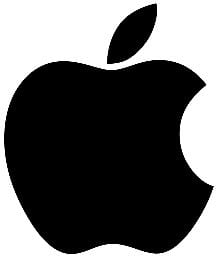 Apple was not alone in the market in the mid-Seventies and early Eighties. Altair designed the first microcomputer in 1974, and displayed the Sol-20 in Atlantic City in 1976. Tandy Radio Shack released the TRS-80 in August of 1977; it sold more than 100,000 computers in the next 26 months. The Commodre PET was unveiled at the 1977 CES show, but it was not released for sale until December that year. IBM entered the PC market with the IBM 5150 on August 12, 1981; they sold more than 750,000 machines in 1983. The Commodore 64 debuted at CES in January 1982. One thing all these companies had in common, is that they displayed their product at tradeshows.
Apple was not alone in the market in the mid-Seventies and early Eighties. Altair designed the first microcomputer in 1974, and displayed the Sol-20 in Atlantic City in 1976. Tandy Radio Shack released the TRS-80 in August of 1977; it sold more than 100,000 computers in the next 26 months. The Commodre PET was unveiled at the 1977 CES show, but it was not released for sale until December that year. IBM entered the PC market with the IBM 5150 on August 12, 1981; they sold more than 750,000 machines in 1983. The Commodore 64 debuted at CES in January 1982. One thing all these companies had in common, is that they displayed their product at tradeshows.
The Guiness Book of Records lists the Commodore 64 as the highest-selling single computer model of all time, with more than 12 million units sold. This is a bit misleading for two reasons: First, the Commodore 64 was actually three different versions. Second, during that time (1982-1994), Apple II had six different models, and Apple III had three different versions—and that does not include the Lisa or MacIntosh models. Apple was continuing to innovate, roll out new models at tradeshows, and build a brand.
Tradeshows draw targeted buyers and sellers into a 3D marketing and sales environment. Individuals network. Salespeople search for leads. Companies generate immediate and deferred sales opportunities. Orders are written. Business is closed.
Tradeshows work. They work very well. But that doesn’t mean it’s easy.
![]() Bob McGlincy is director, business management at Willwork Global Event Services. He can be contacted at Bob.McGlincy@willwork.com. Willwork creates engaging, energized, and exceptional event experiences.
Bob McGlincy is director, business management at Willwork Global Event Services. He can be contacted at Bob.McGlincy@willwork.com. Willwork creates engaging, energized, and exceptional event experiences.






